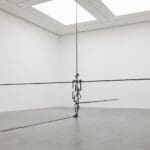The Implications of AI-Generated Art and Copyright Law: A US Judge’s Ruling

Recently, a US judge ruled on AI-generated art and stated that it does not qualify for copyright protection. Raising a crucial question about the relationship between artificial intelligence and creativity, the judge emphasized the importance of human involvement and the unique creative expression that comes from it and denied the artificially created image the status of original work of art.
The question of authorship’s attribution to works of art created by artificial intelligence (AI) is a complex and significant issue. Should the algorithm be solely attributed as the creator, or should the human designers be recognized as co-creators? This debate extends beyond legal boundaries and into the philosophical domain, where we must consider the implications of this new form of artistic expression. As we navigate this uncharted territory, we must balance the need for innovation with ethical concerns. It is essential to strike a delicate balance between respecting traditional copyright principles while embracing technological advancement, allowing AI systems and our artistic endeavors to coexist in a mutually beneficial way.
The dynamic between artificial intelligence and creativity will undoubtedly evolve over time. As we navigate this complex landscape, I am confident that true visionary art emerges from the depths of our imagination – something no algorithm can fully replicate.
While AI can certainly aid artists in generating ideas, refining techniques, and analyzing data, it is paramount not to lose sight of the unique perspective and creativity that can only be found within the human mind.
By harnessing AI as a tool rather than solely relying on it as a creator, we can benefit from its efficiency while still honoring traditional copyright principles. It means recognizing that, ultimately, humans are responsible for shaping artistic integrity and defining originality. Embracing these advancements should not replace or diminish the legal protections surrounding copyright ownership. But, they should instead inspire us to explore new ways to collaborate with technology while preserving our creative identity.
In this delicate balance between embracing technological advancements and respecting traditional copyright principles lies an opportunity for collective growth. It is through collaboration between human creativity and AI’s analytical capabilities that we can achieve new heights in artistic expression while maintaining respect for intellectual property rights.
However, some questions remain to be answered following this ruling:

- What are the potential implications of AI-generated art for copyright law and authorship attribution?
- Is it fair to solely attribute the algorithm as the artwork's creator, or should human designers be recognized as co-creators?
- How can we balance the need for innovation with ethical concerns and preserve the essence of human expression in art?
What is your opinion on this Studio Drift topic? Have you played with AI to create some of your pieces already? We welcome the artistvenu community’s thoughts on AI Generated art .
You can read the full article about the ruling here… and return to discuss on artistvenu below


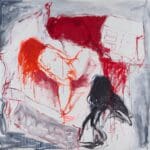
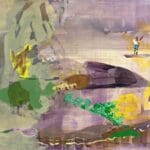
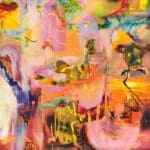


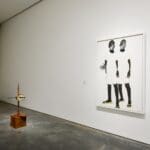
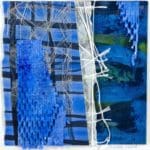
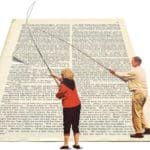


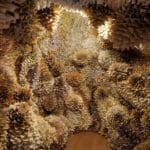





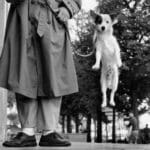
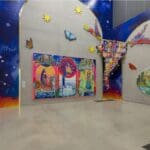



![Artist Shares Secrets of How To Draw Incredibly Realistic Portraits [Interview]](https://artistvenu.studio/wp-content/uploads/2023/12/Screenshot_242-150x150.jpg)



